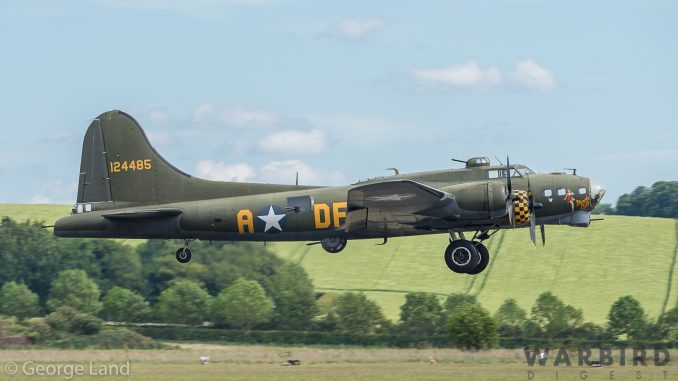
Duxford Air Festival 2019
by George Land
The Duxford Air Festival opened the 2019 air show season for Imperial War Museum Duxford over the weekend of May 25/26.
The show’s organizers chose a line up of flying and static events oriented to attract a wider family audience, and it seems they were successful in this endeavor based upon the large number of spectators over both days, with so many of them appearing to be within family groups. Regardless, the flying program featured an excellent mixture of aircraft types, both fixed wing and rotary, representing different historical eras, both civilian and military, with something special for almost every aviation enthusiast.
An unusual arrival on the Friday before the show saw one of Martin Baker Ltd’s pair of Gloster Meteor T.8s take a spot besides several of the Imperial War Museum’s jet fighters of a similar vintage. Meteors served at Duxford in the post-war RAF, the service’s first jet fighters, but this particular aircraft is Martin-Baker’s aerial test bed for live-fire trials of the company’s Mk.16 ejector seat used in all Lockheed Martin F-35 Lightning IIs. Although the aircraft was on static display, and not allowed to perform during the show, the pilot did carry out a few missed approaches and go-arounds before finally landing, which were very well received by all whom witnessed them.
On Saturday, the five hour flying program started with a solo display routine from a Eurofighter Typhoon based with the Royal Air Force’s No.29 Squadron at RAF Coningsby. On Sunday, however, a brace of McDonnell Douglas F-15E Strike Eagles had the honor of starting the show. The two strike aircraft belong to USAF Europe’s 492nd Fighter Squadron out of RAF Lakenheath. One of the pair, serial 97-0219, came with a special legacy paint scheme representing the markings worn by this same squadron when they flew Republic P-47 Thunderbolts seventy five years earlier on D-Day. As it happens, there was also a P-47D on hand at Duxford wearing the 492nd FS markings so ably shadowed by her present-day counterpart.
Following the opening act from the modern fast jets, came a real change of pace with a formation team consisting of of nine de Havilland Tiger Moths. Considering the gusting crosswinds on hand over the weekend, these pilots made an admiral job of the difficult conditions.
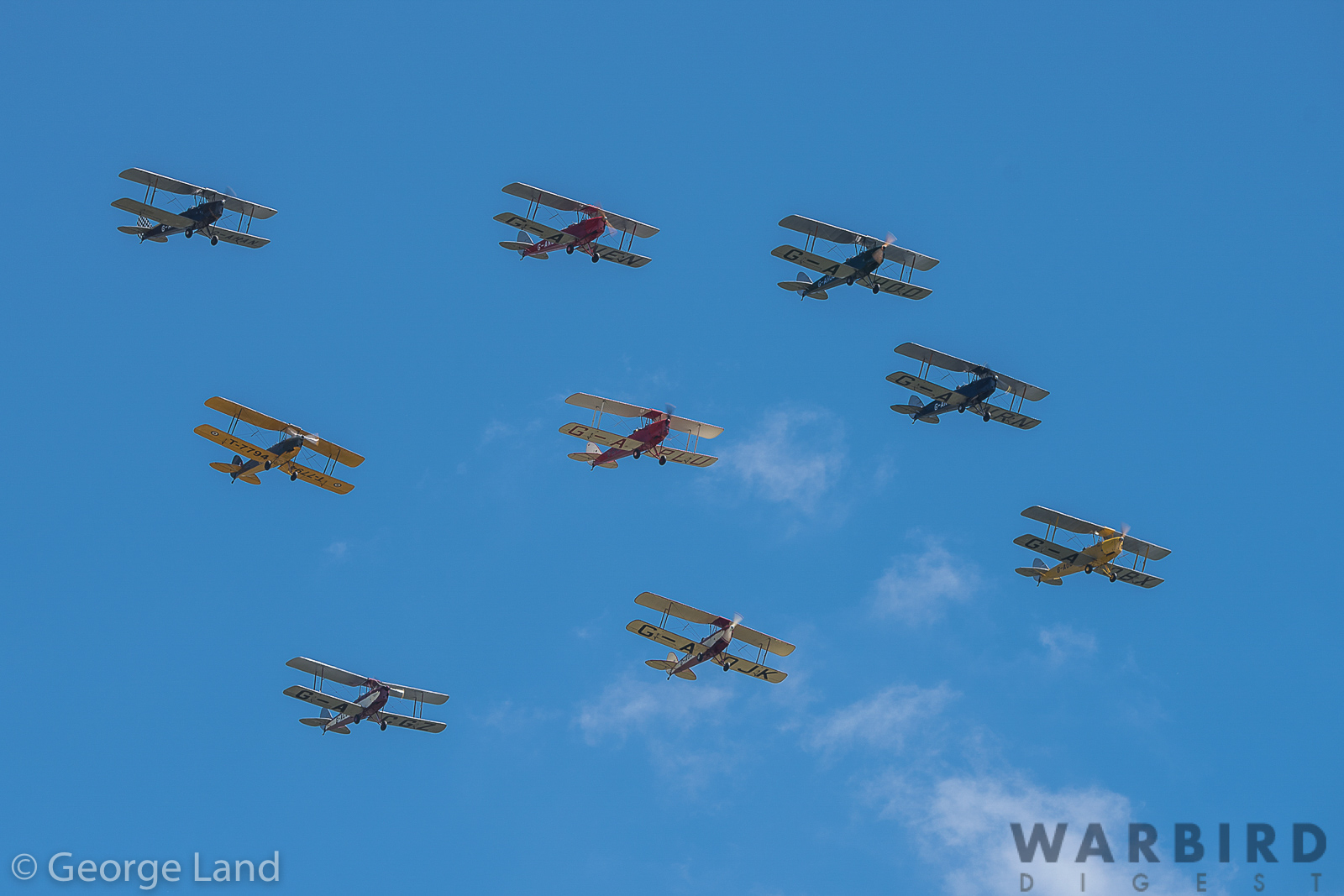
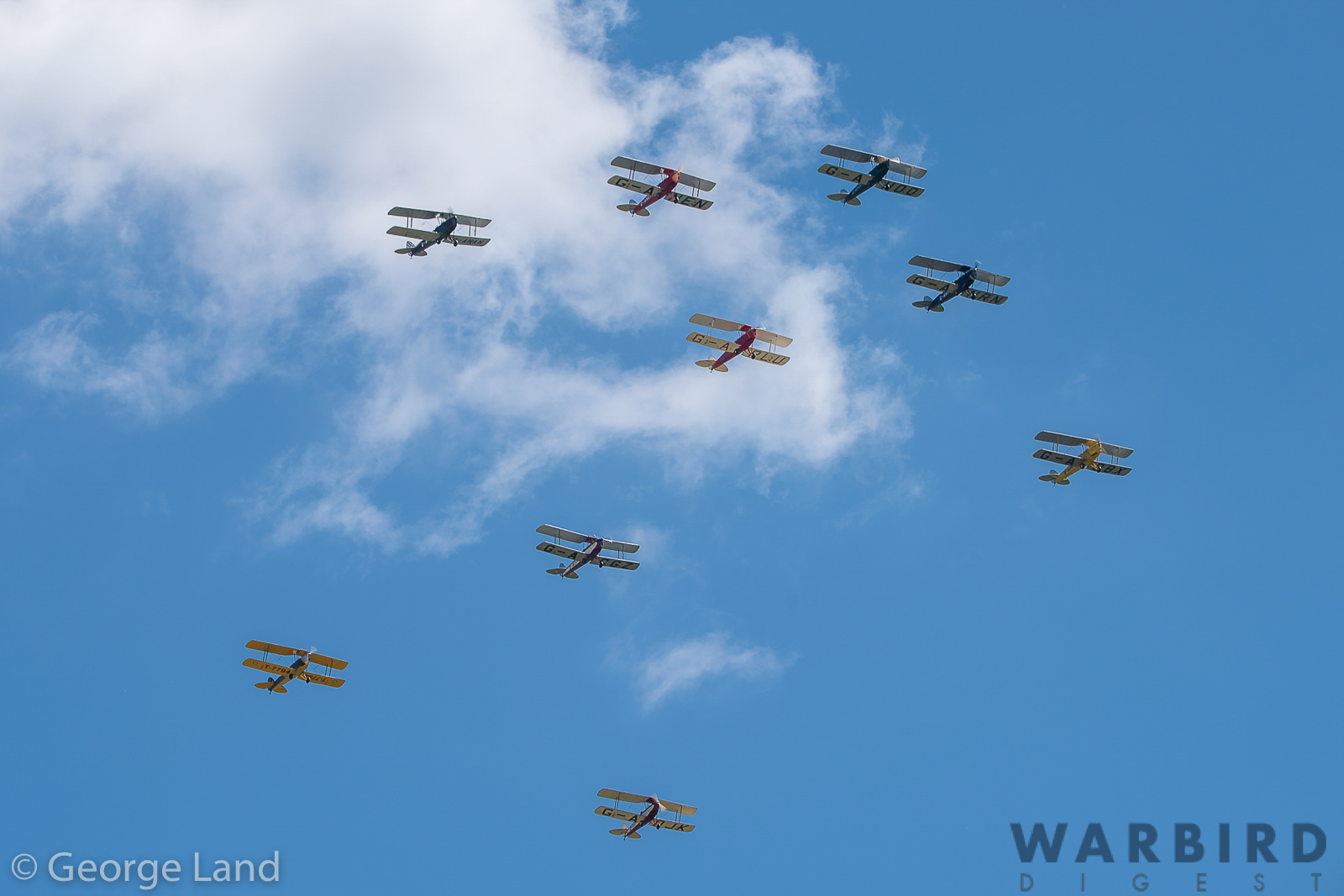
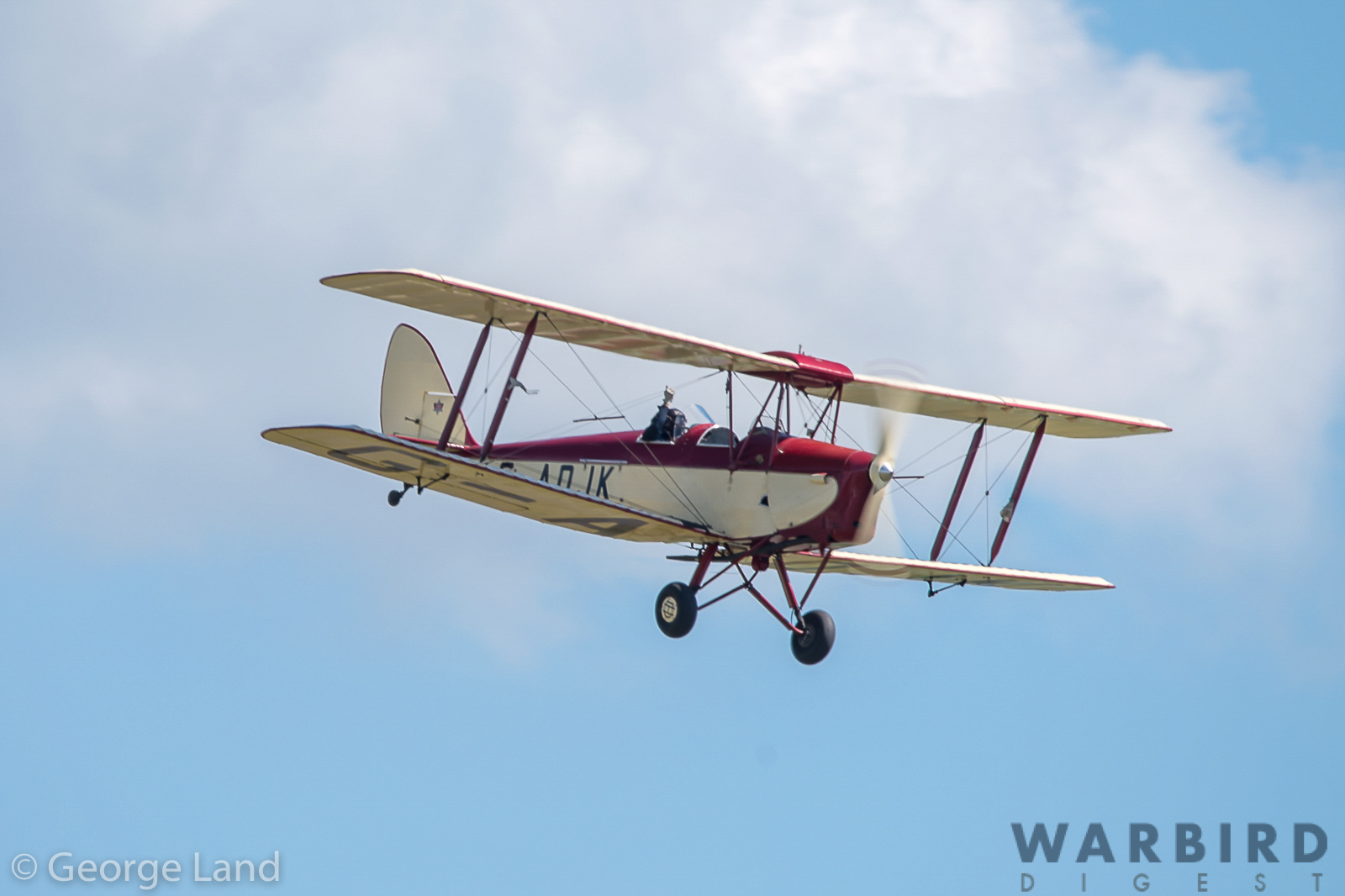
The RAF came next with the solo display from the surprisingly agile Boeing Chinook, affectionately known as the Wokka Wokka by the British Army soldiers who fly in them due to the distinctive sound of its rotor blades. The enthusiastic, high energy display that this massive beast of an aircraft is capable of showing in the right hands never ceases to amaze given the seemingly impossible flight angles the display pilots can effect in this large helicopter. Following the robust Chinook routine came a more sedate affair courtesy of the RAF’s current primary trainer, the Grob G.115E Tutor. This example came from No.115 Squadron at RAF Wittering, and was accompanied by a pair of World War Two era North American AT-6 Harvards and a BAC Jet Provost T.3 representing the Cold War period.
The action then switched to Britain’s Army Air Corp, with the appearance over the horizon of a WAH-64 Apache attack helicopter from the British Army’s No.3 Regiment at Wattisham Airfield (the former long-time home of both RAF and USAAF combat aircraft). Of course during this performance, there was a healthy dose of pyrotechnics to simulate for the public the ground support roll this impressive aircraft plays in wartime. Interestingly, the British Army rotary wing aircraft units only field light transport and attack helicopters, whereas the RAF handles the heavy lift requirements with their Chinooks, Pumas and Merlins.
The Army Air Corp also maintains a small collection of now-retired support aircraft and helicopters with the Historic Army Aircraft Flight at AAC Middle Wallop. It was wonderful to see these beautiful aircraft in the skies following the Apache’s romping routine.
Then it was time for the Blades Aerobatic Team flying their Extra EA300s. Each of the pilots in this team are ex-RAF and the precision of their display routines reflects this military training.
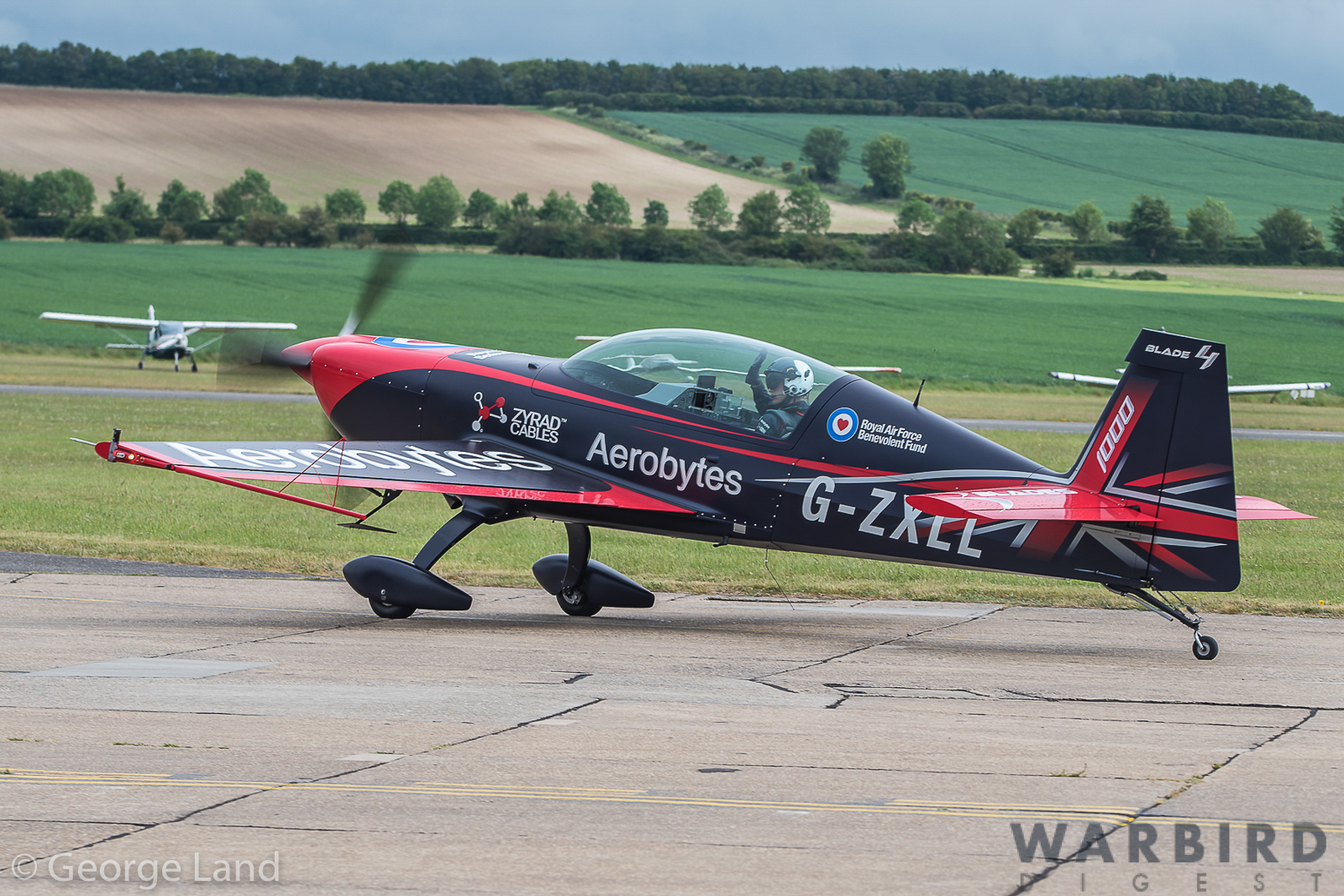
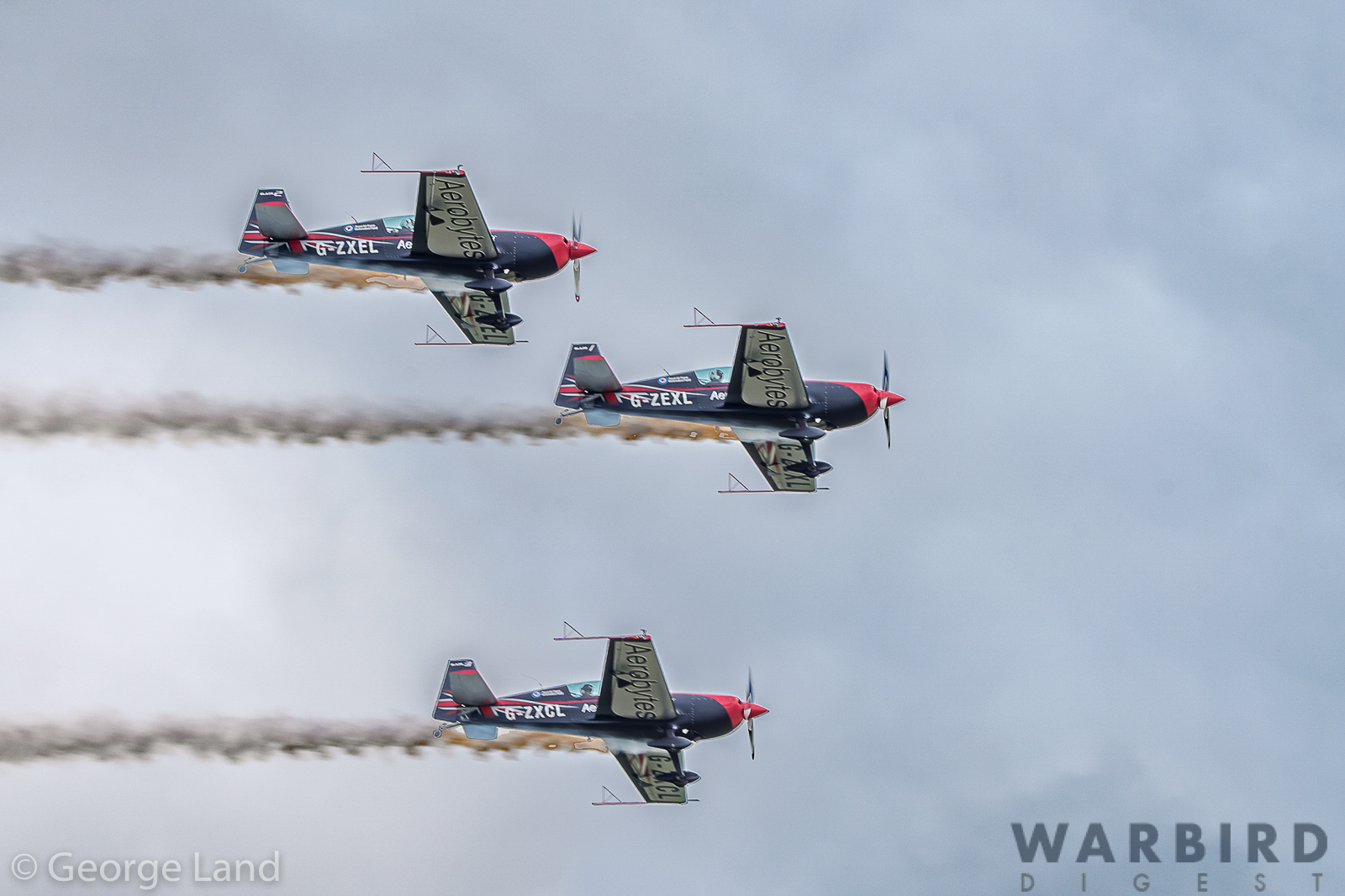
In contrast, the following formation display team fielded a trio of specially modified, but far less powerful Piper PA-28 Cherokees. Named “Bader’s Bus Company – Still Running”, the display team’s three pilots are all lower limb amputees, much like the legendary legless Battle of Britain fighter pilot Douglas Bader whom the team is named for. The group receives support from the Douglas Bader Foundation and Aerobility. The team derives their monicker from the nickname given the fighter wing which Douglas Bader led at RAF Tangmere in 1941. Bader reportedly used to announce “Bader’s Bus Company On Time” as he crossed the French coast on fighter sweeps with the Tangmere Wing. One of the wing’s pilots, the late AVM Johnnie Johnson (Britain’s highest scoring ace) painted “Bader’s Bus Company Still Running” on the side of his Spitfire upon learning that Bader had survived being shot down in August, 1941 to become a Prisoner of War.
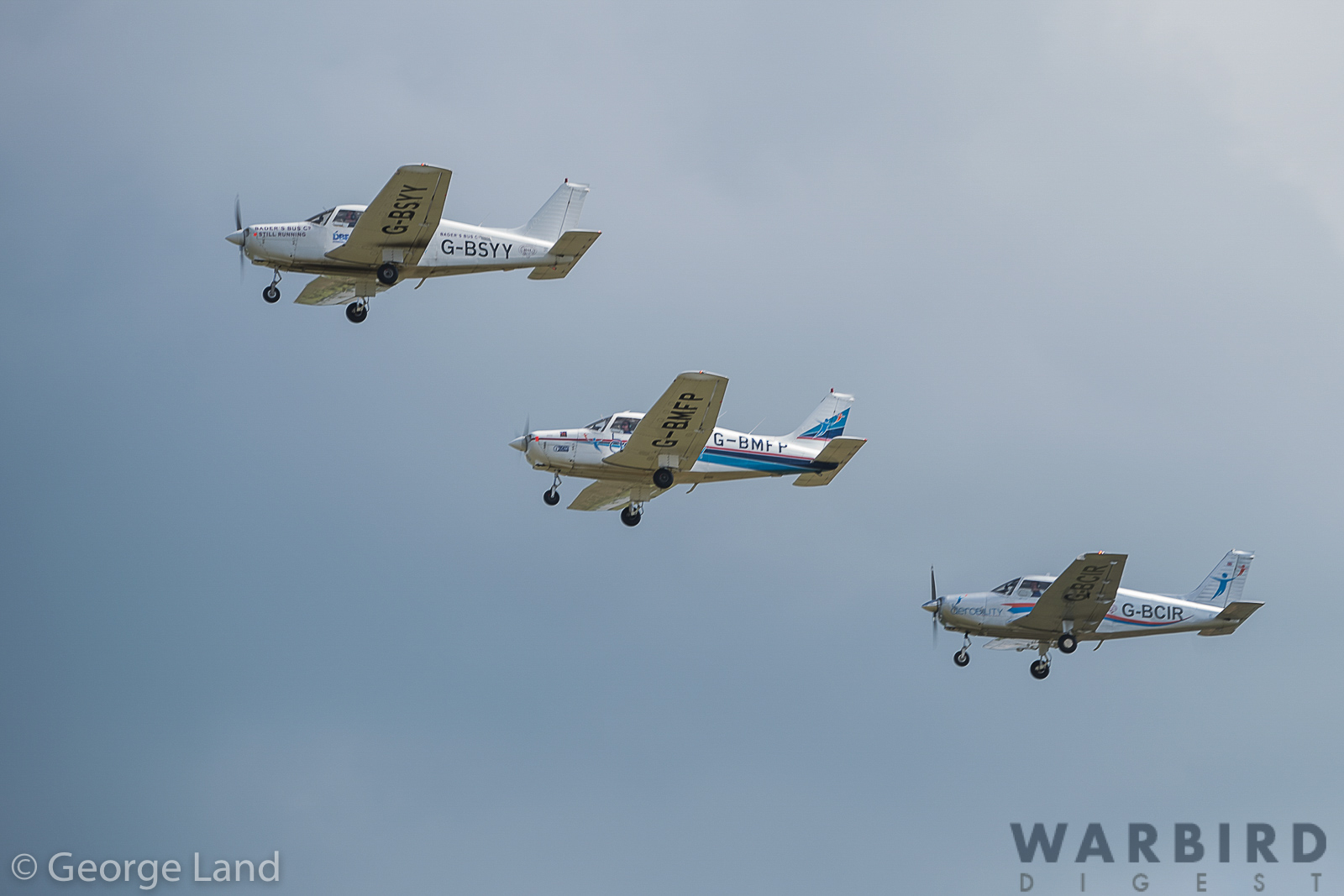
Following the Piper trio came a celebration of the US Army Air Forces with a firm favorite for any British air show audience, the Boeing B-17G Flying Fortress known for many years as Sally B, but painted to represent the Memphis Belle. The Fort’ was joined by some Little Friends, namely the Ultimate Fighters pairing of a P-47D and P-51D. The Thunderbolt is painted to represent Nellie, a 9th AF, 492nd Fighter Squadron aircraft based at RAF Ibsley and the Mustang wears the markings of Contrary Mary a 78th Fighter Group aircraft which once flew from RAF Duxford.
The pairs display routine, flown by Richard Grace (P-47) and Andy Durston (P-51), featuring two fighters with significantly different flight characteristics was one of the finest warbird displays I have seen in many years. The energy management, elegance and formation precision was exceptional and a credit to both pilots.
Then the pace changed again with the barnstorming brace of souped up PT-17 Kaydets of the Aerosuperbatics with their wing walkers, followed closely by an interesting trio of early British liaison types from Miles Aircraft Ltd., an M.65 Gemini and a pair of M.38 Messengers.
Next into the air was another of the heavies, again a crowd favorite with UK air show audiences, namely the Canadian Vickers PBY-5A Catalina Miss Pick Me Up. It was a remarkable display which amply illustrated the staggeringly tight turns that this large aircraft is capable of.
With the show now starting to draw to an end, the civilian operated and Swiss-based Breitling Jet Team, comprised of seven Aero Vodochody L-39C Albatros, took to the skies and gave a skilled and polished performance full of high speed and precision close-formation aerobatics.
The show’s final act came from the Imperial War Museum’s own, combat-veteran Supermarine Spitfire F.Mk.1a serial N3200. The Spitfire is arguably the most iconic shape in British Aviation, and beloved to the nation. Her display pilot demonstrated just why this aircraft was such a pilot’s dream during WWII. The Spitfire, along with the Mustang, is such an integral part of Duxford’s history with both types having served from the airfield during the war. However, N3200 actually flew with No.19 Squadron from Duxford during the spring of 1940, making her performance the ideal final act for the Duxford Air Festival.
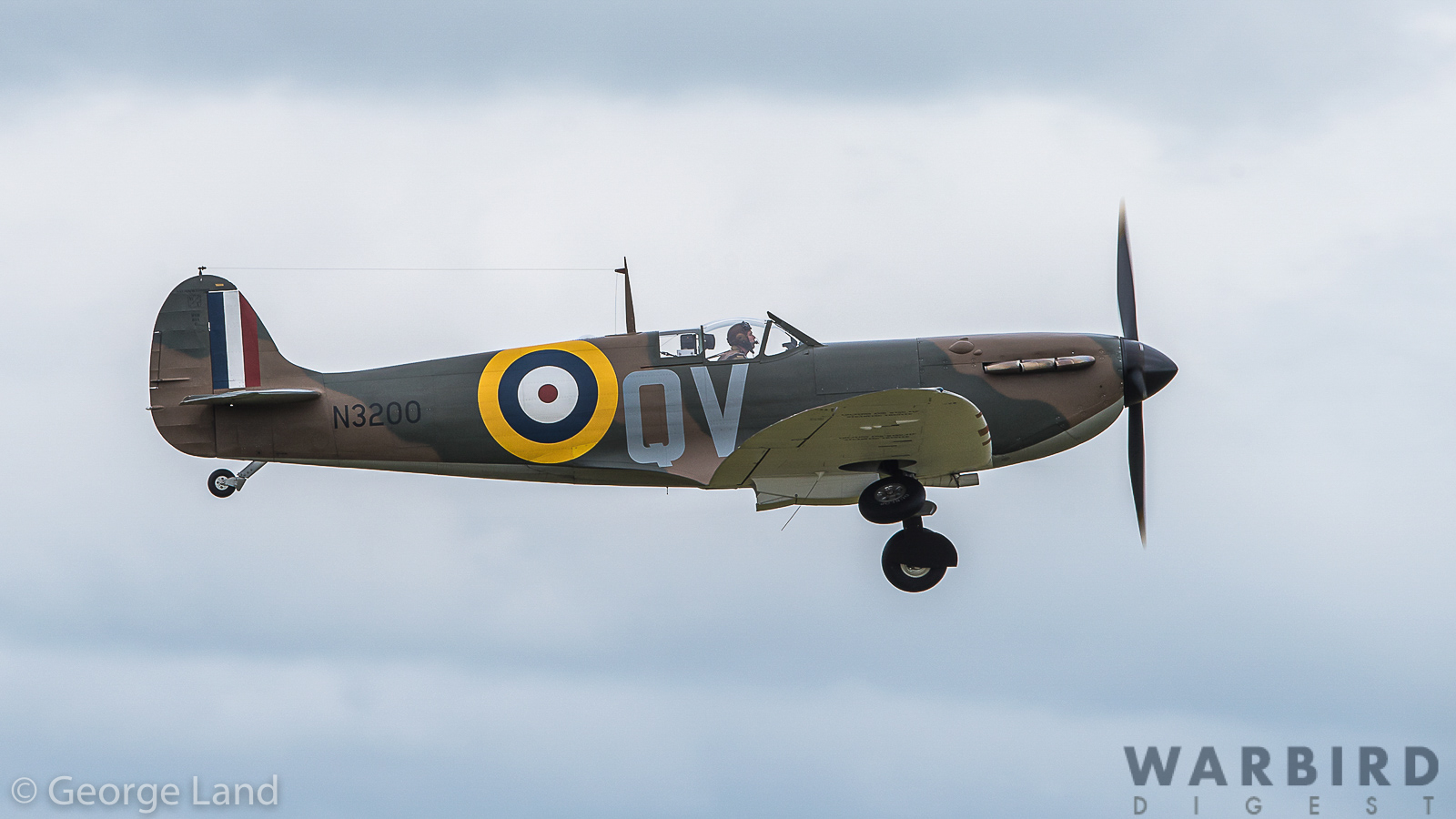
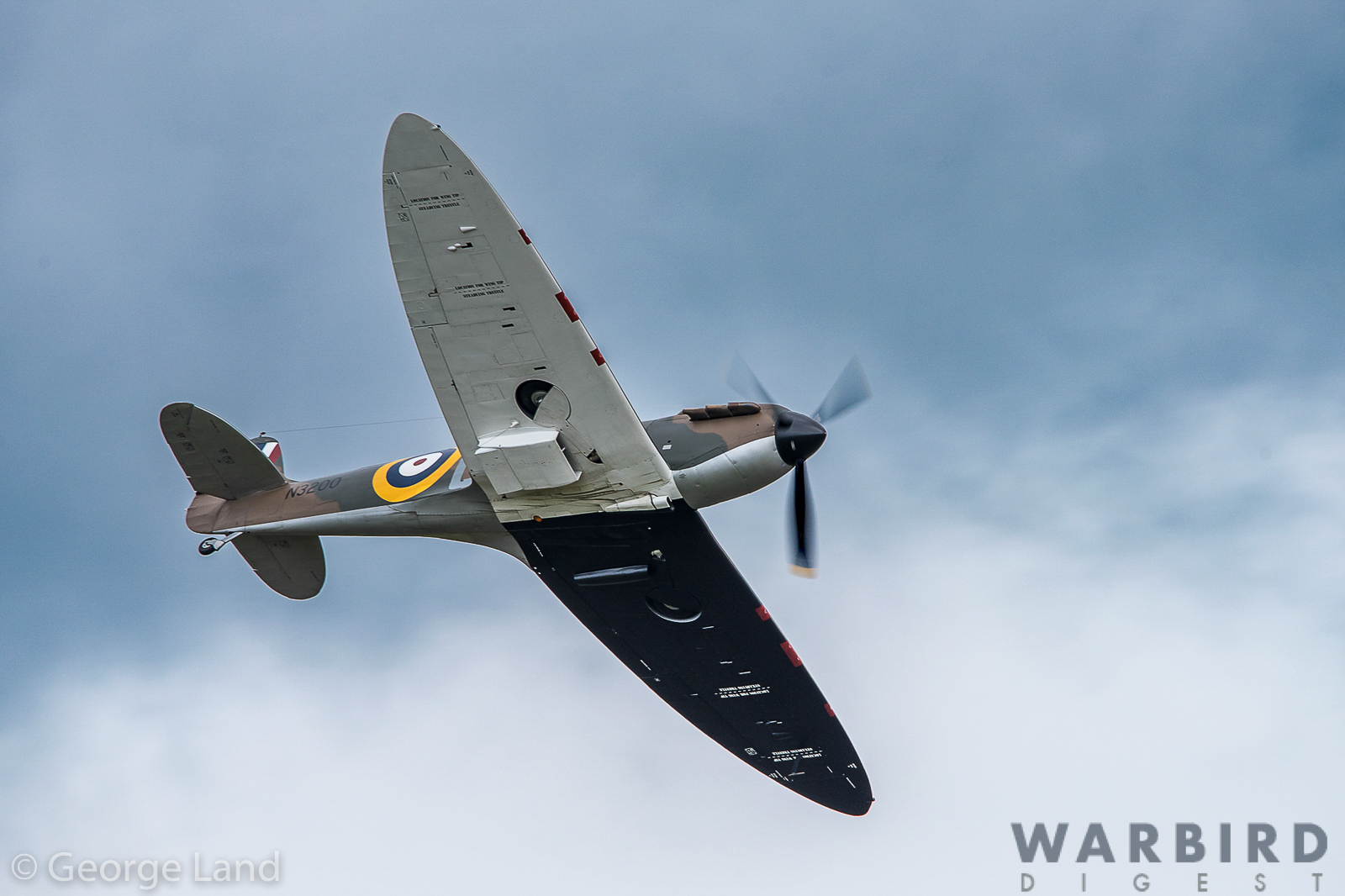
Many thanks again to George Land for yet another fine contribution!


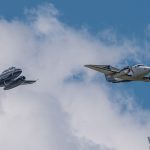
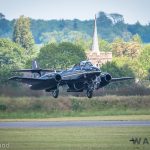
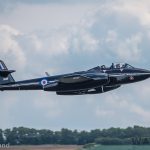
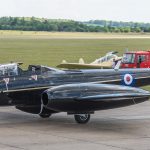
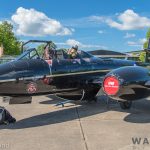
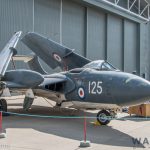
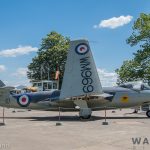
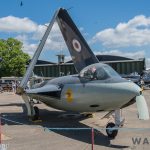
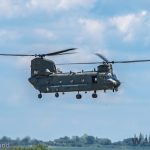
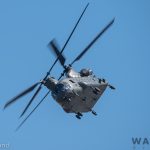
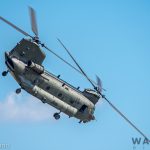
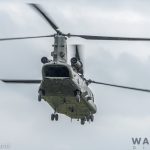
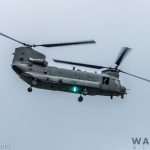
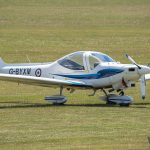
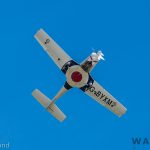
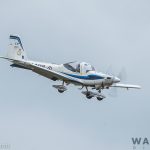
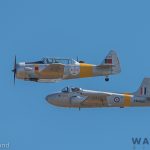
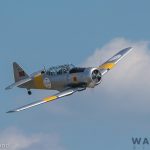

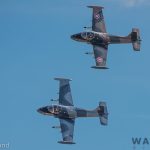
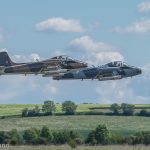
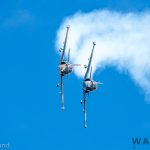
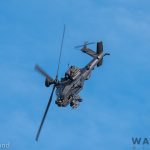
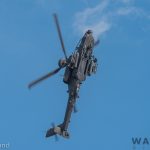
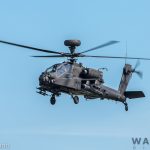
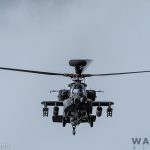
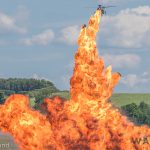
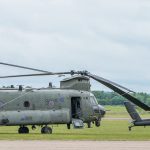
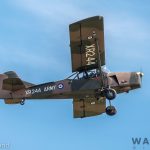
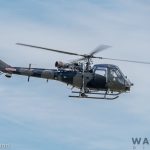
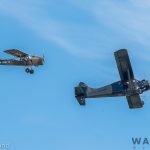
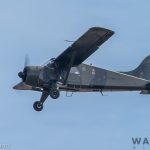
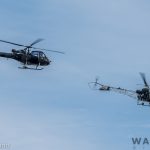
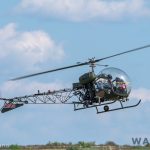
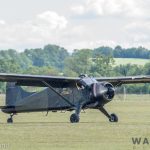
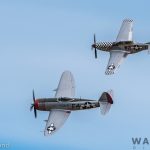
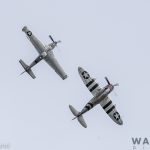
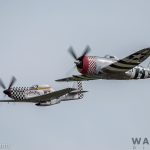
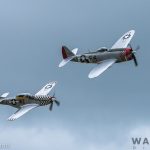
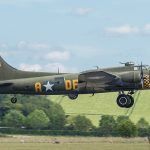
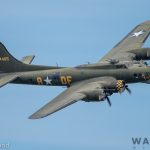
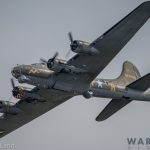
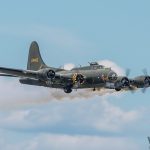
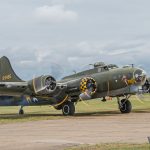
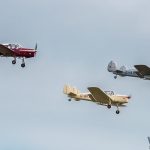
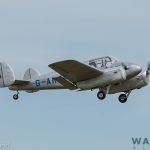
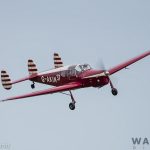
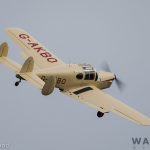
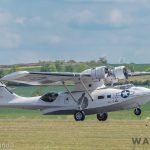
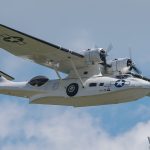
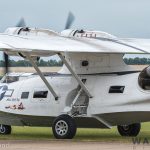
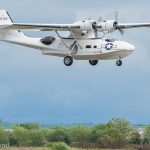
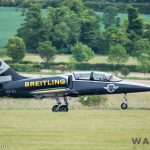
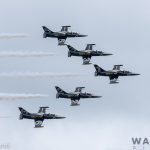
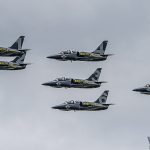
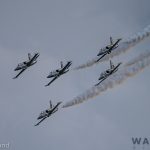
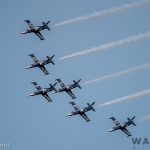
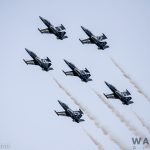
Be the first to comment
Graphic Design, Branding and Aviation Art